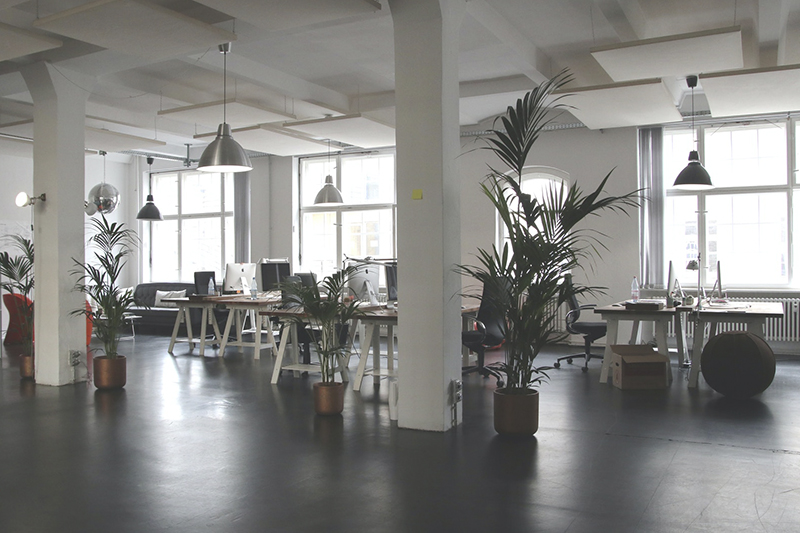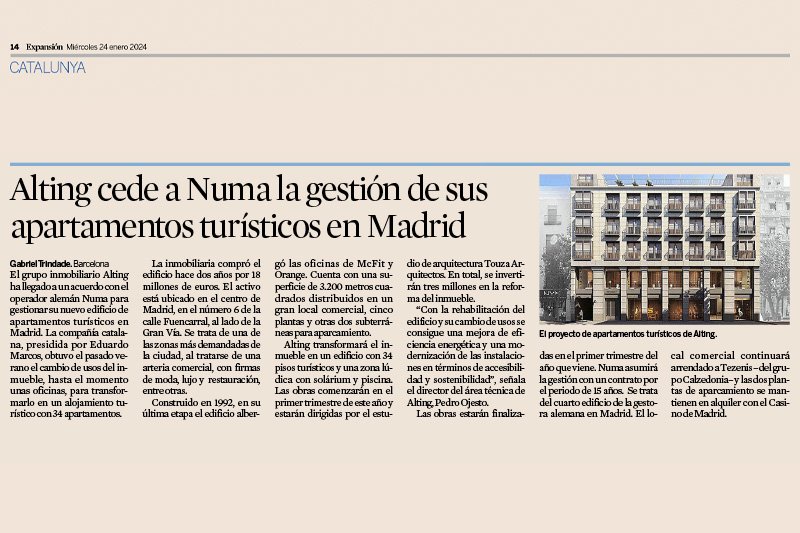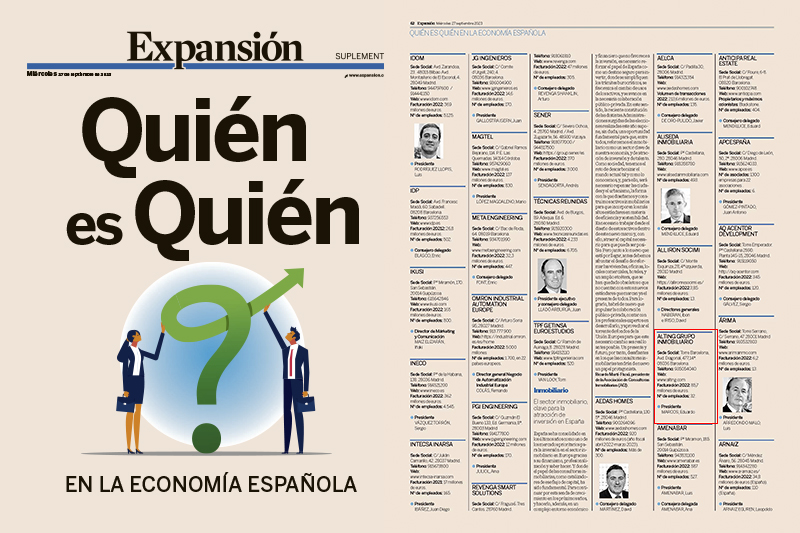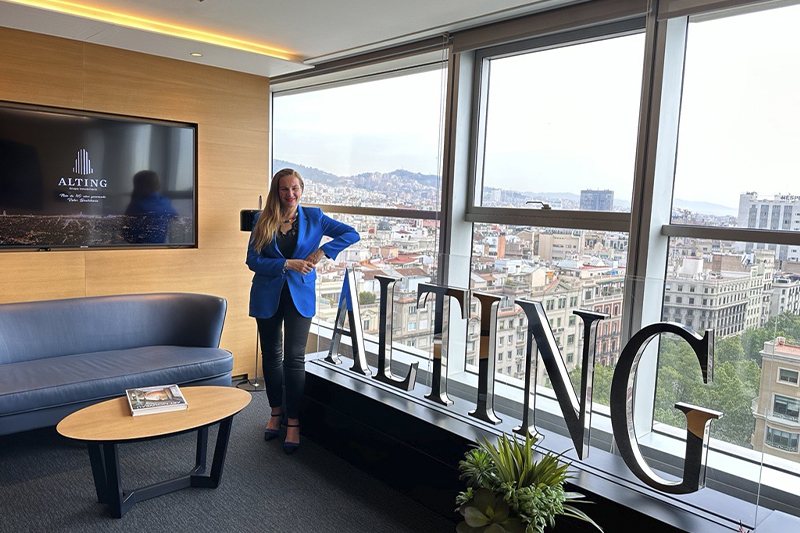The coronavirus lockdown has brought about a social, healthcare and economic paradigm shift.
The complete halt of all activity arising from the state of emergency, in order to stop the spread, meant that companies focused on facilitating and optimising processes so as many employees as possible could telecommute.
After the state of emergency is lifted, we will need to have an orderly, staggered process prepared for returning to the workplace, which must be carried out in a way that guarantees workers’ health and safety. With this in mind, companies are working to adapt their workspaces in order to ensure their employees’ safety.
The spaces will have to be adapted and, probably, new spaces created that incorporate social distancing, as the World Health Organisation (WHO) recommends.
For the return to the workplace, work is ongoing to:
Design and plan out workspaces
Advisers, consultants and experts are working to design new customer service protocols and internal company processes that include:
- A safe distance between workers and from customers.
- Basic health measures.
- Personal Protective Equipment (PPE) whenever necessary.
Also, after more than two months of telecommuting, this option will still be on the table among the new ways of working. Many companies have seen that, in some cases, it is possible to combine working from home and at the office.
Sustainability and health
Plus, the return to the workplace after weeks of this exceptional situation will be marked by new needs of companies and their workers.
In a recent online meeting of Wires, an association of female executives in the real estate sector, experts warned of the importance employees’ health will now have among investors and owners of office buildings.
Sustainable buildings not only need to be eco-friendly, they also have to ensure users will stay healthy, featuring:
- Partitions.
- Materials that are easier to sanitise.
- Large, open, well-ventilated spaces, for good air quality.
- Reconsidered common areas: lifts, toilets, kitchen, etc.
This is the case, for example with buildings with WELL Certification: those that focus exclusively on users’ health and comfort. And that have benefits that go beyond the environment, fostering a better work environment and increased productivity.
Boom of flexible offices and co-working
Finally, after the Covid-19 crisis, we may see a boom in flex offices.
Companies may see flexible workspaces and co-working as a good alternative that allows them to diversify risk and make more agile decisions:
- Month-to-month contracts
- Option to increase or decrease the m² on contract
- And the option to adapt their fixed costs, among others.
For the return to the workplace, all companies must have a contingency plan or general health and safety protocol establishing the measures to be adopted to stop the spread of Covid-19 among their workers.
However, many companies will choose to continue telecommuting because it reduces the risk of spreading the disease and fosters better work-life balance.






